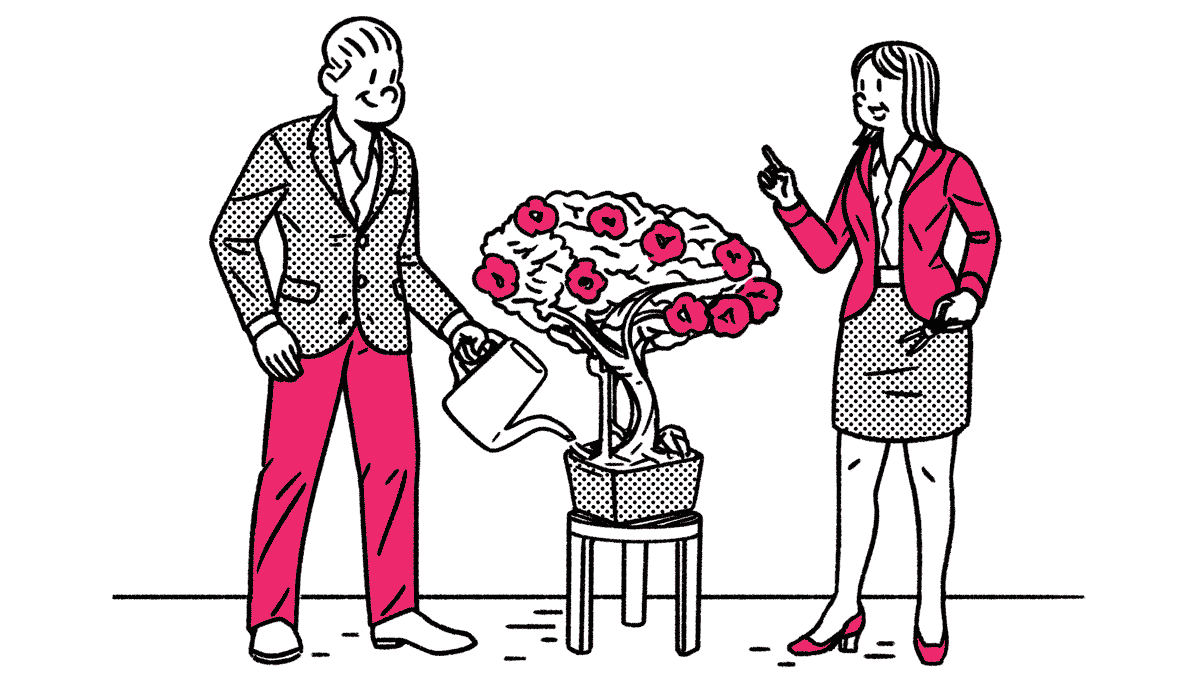THE COACHING CONVERSATION IS A CONVERSATION WITH PURPOSE
When you embark on the journey of coaching– be it for individuals or executives- you do so knowing that the greatest impact you will make as a coach is through the sessions you have with them; be it one-on-one or in a group. This makes the coaching conversation an absolutely crucial part of the entire process.
But here’s what budding, or aspiring coaches may not realise at first- the conversation isn’t driven by instinct, or information alone. It is housed in a logical structure that allows you to optimise your understanding of the client, and grow your relationship with them in a time-bound fashion. This structure is well mapped to support their growth in the best way. How well you support this structure however, also indicates your success as a coach.
So let’s take back to the fundamentals, and start with what must be done even before the beginning- setting context.
When building the context for coaching we are also beginning the process of engagement. Engagement means that the individual is interested, involved, and is actively a part of what’s going on. If an individual isn’t engaged in the experience of being coached, then they are much less likely to enjoy, and benefit from it. When a client is really engaged they are completely committed to getting the most from the experience. The difference between coaching someone who’s engaged in the coaching process versus someone who’s not engaged or ‘bought-in’ can mean the difference between fabulous results and no results.
To understand whether the client is really in it for the long haul, ask 3 salient questions:
1. Does the client want the coaching?
If someone has requested and paid for coaching we can usually assume that they want the coaching. When the client has not requested coaching, e.g. they are sent as part of their stakeholder’s process through their employment; make it a practice to encourage the management team to spend time with the client explaining what is expected through the coaching process and why
2. What does the client expect to happen?
If what begins to happen in the coaching is not what the client expects it may cause them discomfort. For example, do they know what sort of approach the coach is going to use in the coaching? If they are expecting magical answers or knowledge to be given to them by the coach, this can lead to silent frustration and disillusionment during the sessions. As a coach, you must be able to dispel false notions.
3. Does the client really want change?
This is similar to the issue of whether the client wants the coaching, but is subtly different. Some people say that they want coaching, they involve themselves in a coaching relationship, attend sessions, join in conversations, but they don’t actually want anything to change. It is not uncommon for us to have problems that we don’t want to solve simply because by solving them we see that we could end up with what seems to be a bigger problem. Identify what the client really needs and what’s holding them back.
Context is your best friend at the beginning of your coaching journey to do right both by yourself and your client. Kick off the conversation in the best way so that the context you’ve created guarantees an effective conversation throughout the process!


